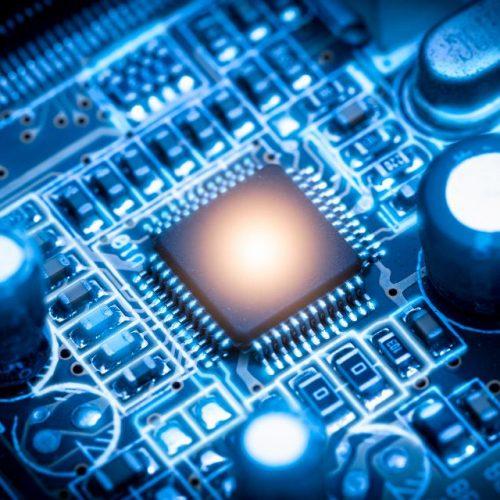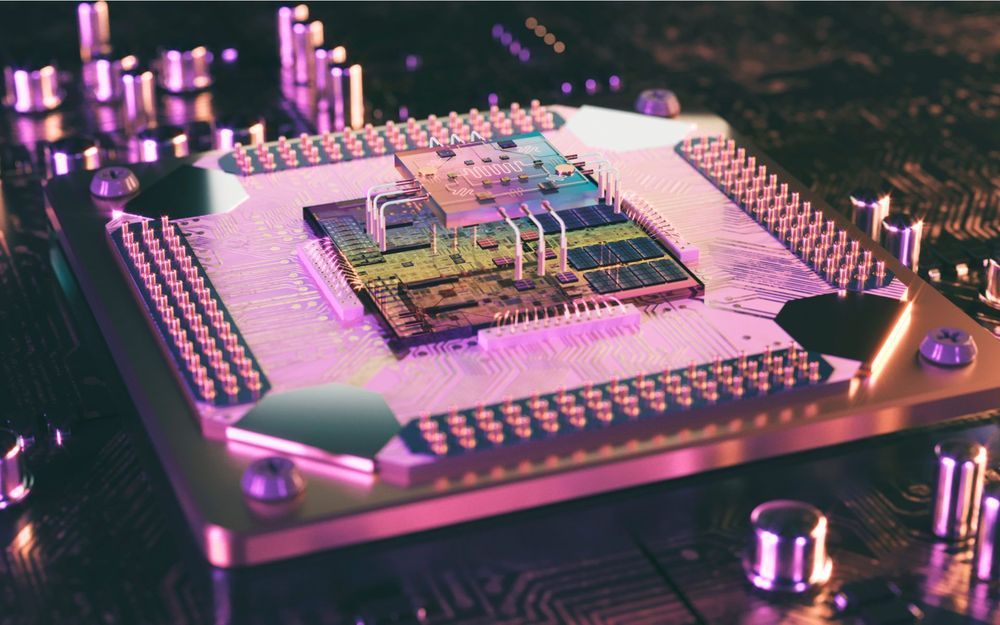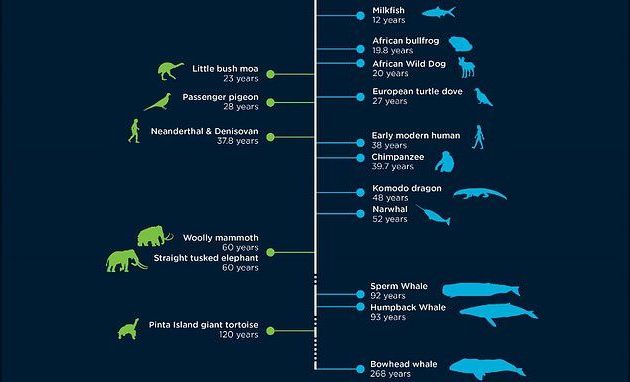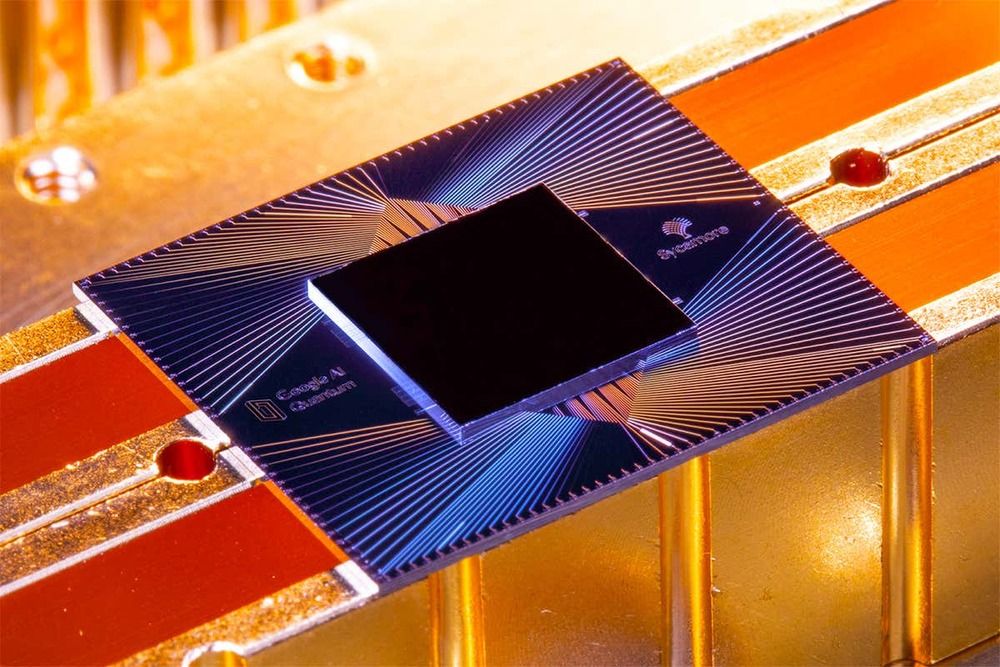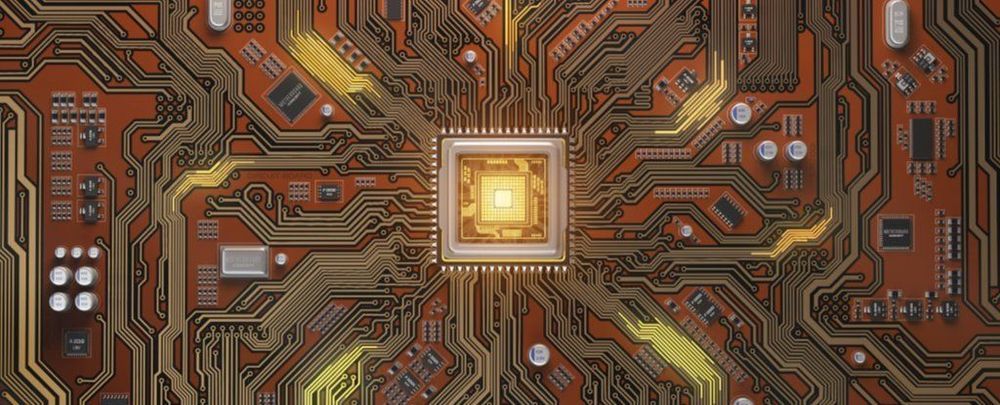
Since the 1950s at least, researchers have speculated that the brain is a kind of computer in which neurons make up complex circuits that perform untold numbers of calculations every second. Decades later, neuroscientists know that these brain circuits exist, yet technical limitations have kept most details of their computations out of reach.
Now, neuroscientists reported December 12 in Cell, they may finally be able to reveal what circuits deep in the brain are up to, thanks in large part to a molecule that lights up brighter than ever before in response to subtle electrical changes that neurons use to perform their compuations.
Currently, one of the best ways to track neurons’ electrical activity is with molecules that light up in the presence of calcium ions, a proxy for a neuron spike, the moment when one neuron passes an electrical signal to another. But calcium flows too slowly to catch all the details of a neuron spike, and it doesn’t respond at all to the subtle electrical changes that lead up to a spike. (One alternative is to implant electrodes, but those implants ultimately damage neurons, and it isn’t practical to place electrodes in more than a handful of neurons at once in living animals.)



